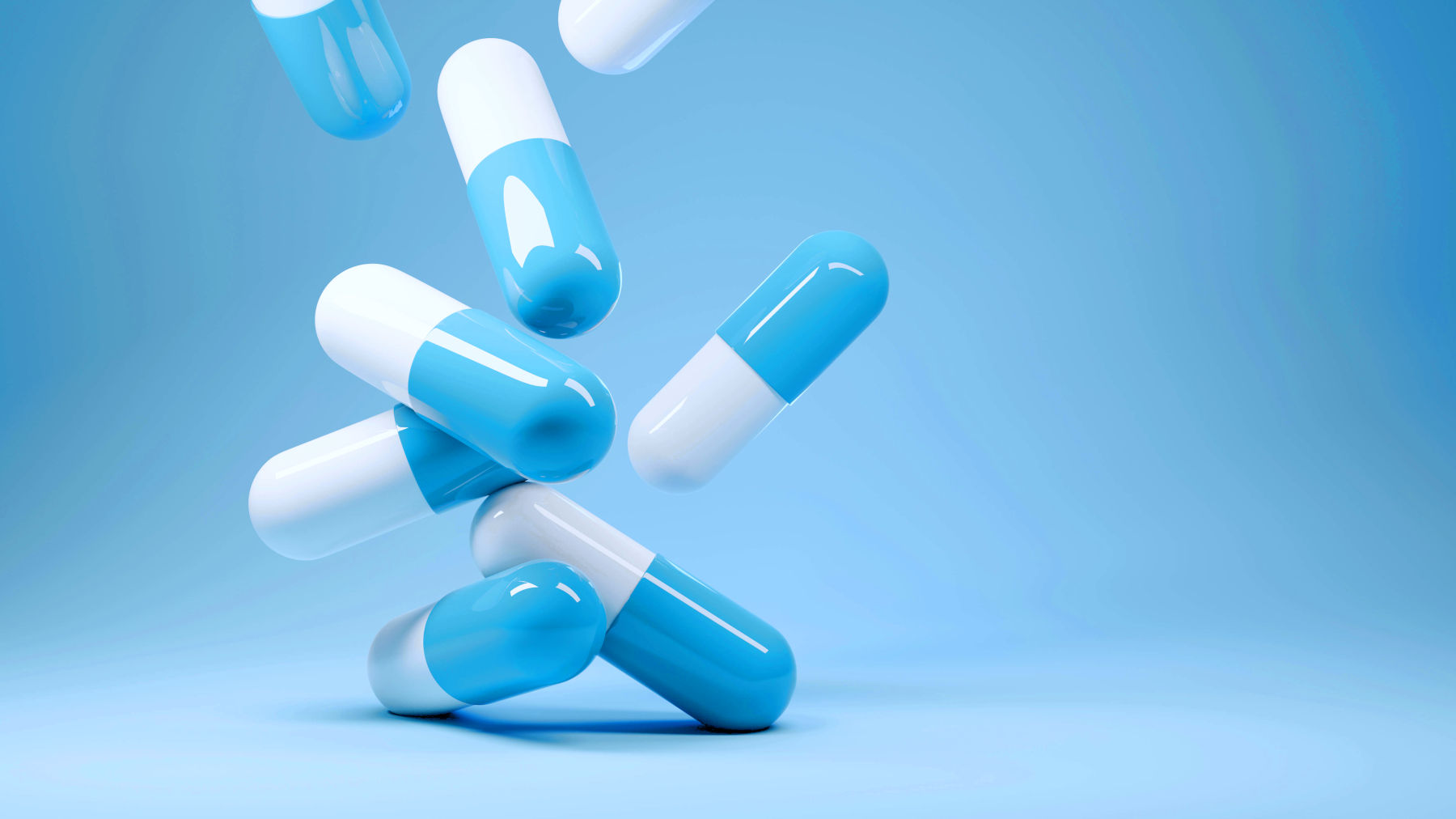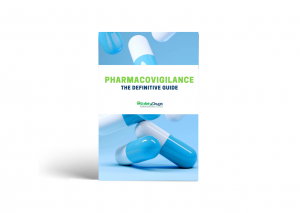Medicinal products, although useful for the treatment of diseases that can afflict humans, are not free from possible risks and side effects. It is, therefore, necessary to constantly supervise the relationship between the expected benefit and the possibility and the degree of risk of each drug. Pharmacovigilance deals with this activity. Here is in detail what it is.
- What is pharmacovigilance
- The aim of pharmacovigilance
- Pharmacovigilance history
- Regulations of pharmacovigilance
- Pre and post-marketing
- How pharmacovigilance is done
- Particular cases
- Conclusions
Read the article,
or download the PDF file,
or the PPT file.
Pharmacovigilance PDF: the definitive guide
Pharmacovigilance PPT: the definitve guide
What is pharmacovigilance
Pharmacovigilance is the science and the activities aimed at monitoring adverse drug reactions, with the purpose of protecting public health.
No drug is free from possible adverse reactions. Pharmacovigilance is concerned with identifying, evaluating, understanding, and preventing undesirable effects. A fundamental activity is monitoring the risk/benefit ratio of a product: the benefits of taking a medicine must be greater than the extent of possible side effects.
The aim of the pharmacovigilance
Pharmacovigilance aims to monitor and preserve drug safety through various activities:
- Identification of possible risks caused by the use of the medicinal product
- Individuation of adverse reactions to each drug
- Identification of adverse reactions related to factors such as age, sex and pathologies of the patient, but also to the dosage of the product
- Individuation of possible new adverse reactions and consequent dissemination of related information
- Comparison of the safety profiles of several drugs belonging to the same therapeutic category
- Choice of the appropriate drug for treatment based on the risk/benefit ratio
- Communication and dissemination of safety information to pharmacovigilance stakeholders.
Pharmacovigilance history
Pharmacovigilance was born in 1848 in Great Britain when, following the inclusion in clinical practice of the use of chloroform as an anesthetizer, a series of suspected deaths occurred. The Lancet Journal urged British doctors to report cases of death following the administration of the anesthetizer and set up a commission to investigate the case. The study was then published in the journal itself in 1893.
In 1937, 107 deaths occurred in the USA, of which 76 were infants, following the assumption of a new liquid formulation of sulfanilamide. The adverse reaction was caused by the solvent Diethylglycol, the toxicity of which was unknown. The event highlighted the need to ensure the safety of even a single excipient. The following year, US President Franklin Delano Roosevelt issued the Federal Food, Drug and Cosmetic Act which required pharmaceutical companies to ensure the safety of the drug before being placed on the market.
Another controversial case occurred in 1961: the administration of Thalidomide to pregnant women, useful for quelling nausea, led to a 20% increase in the incidence of congenital malformation in fetuses. This was the decisive event that led pharmacovigilance to become a systematic, organized and regulated activity.
In 1964 the UK introduced the Yellow Card, an adverse reaction report card for doctors.
The World Health Organization (WHO) organized the Program for International Drug Monitoring (PIDM) in 1968 to which several countries adhered. Italy joined in 1975. In 1971 it implements the worldwide database of reports.
In 1995 the European Medicines Agency (EMA) was born and in 2001 EudraVigilance, the current European database for pharmacovigilance, was established.
In the same year in Italy the national pharmacovigilance network (Rete Nazionale di Farmacovigilanza – RNF) was established for the collection of spontaneous reports headed by the Italian Agency (Agencia Italiana del Farmaco – AIFA). Since 2006, healthcare companies have been obliged to appoint a QPPV, the person qualified as responsible for pharmacovigilance.
Pharmacovigilance regulations
Pharmacovigilance activity at European level complies with EU Regulation 1235/2010, operational from 2 July 2012, and with Directive 2010/84/EU, applicable from 21 July 2012.
Regulation (EC) 726/2004 of the European Parliament of the Council and Directive 2001/83/EC of the European Parliament and of the Council regulate the carrying out of pharmacovigilance activities.
The Implementing Regulation (EU) 520/2012 of 19 June 2012 defines the methodology for the identification and the Signal Detection process.
In addition to these directives, medicines regulatory authorities in EU Member States and MAHs refer to Good PharmacoVigilance Practices (GVP). It is a set of measures identified to simplify pharmacovigilance activities in the European Union.
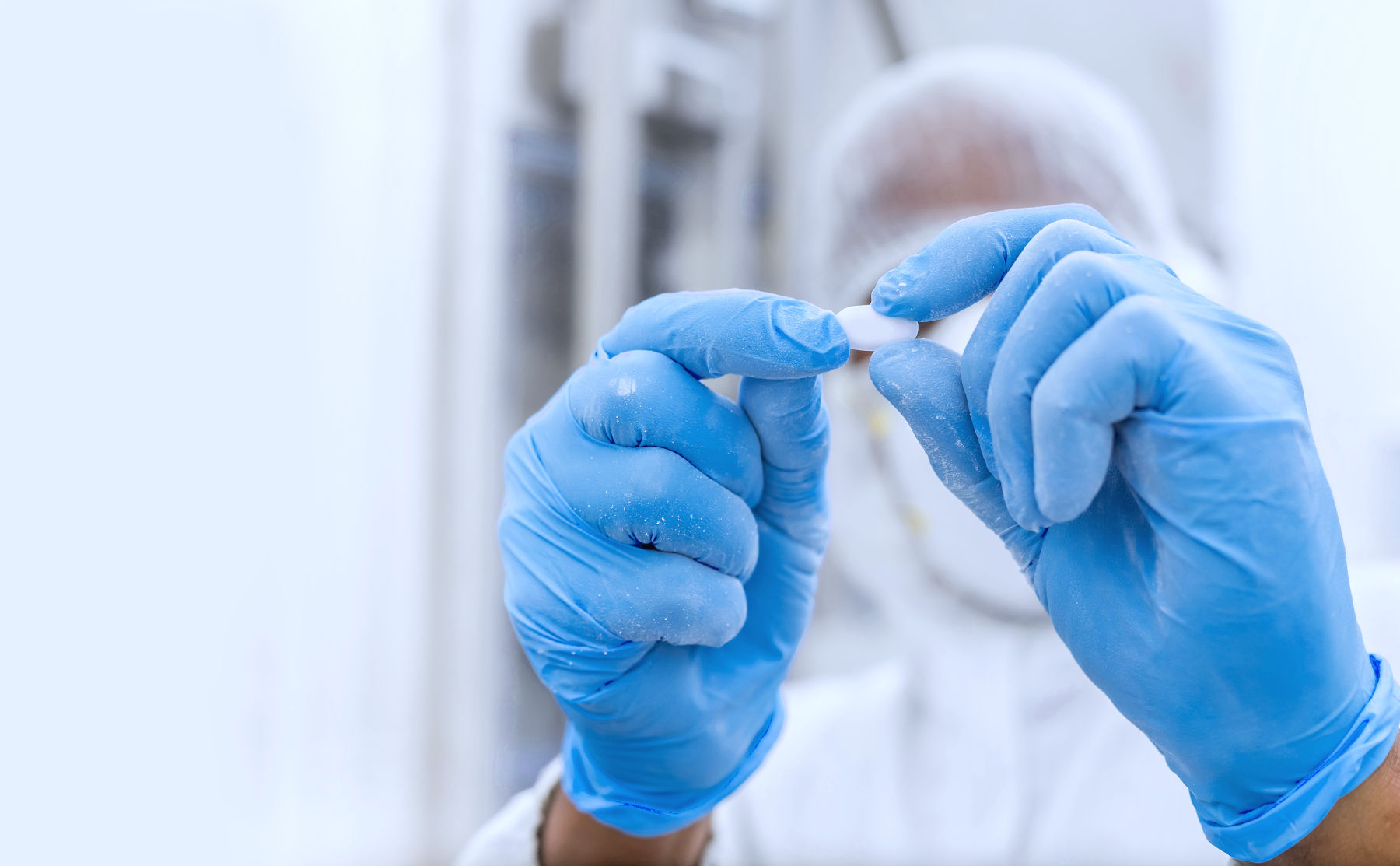
Pharmacovigilance during pre-marketing clinical trials
Clinical trials consist of evaluating the efficacy and possible side effects of a drug, before being placed on the market. At this stage, the monitoring of adverse reactions is essential, as the risk/benefit ratio of a drug is assessed to obtain marketing authorization.
Furthermore, assuming that the risk/benefit ratio is positive and therefore the drug is suitable for public administration, this phase is also useful for drawing up the list of undesirable effects in the Information Leaflet.
Post-marketing surveillance
Even after being placed on the market, the drug must be constantly monitored: having a significantly higher sample than that of patients in clinical trials, the onset of any new adverse reactions could change the risk/benefit ratio.
How is pharmacovigilance performed
Several subjects participate in pharmacovigilance: patients, caregivers, health professionals, pharmaceutical companies holding marketing authorization and regulatory authorities. Each makes a different contribution to safeguarding public health.
The pharmacovigilance report by Italian citizens
Patients who have developed an adverse reaction following the use of a drug – as well as caregivers who have witnessed it – can report the events in Italy in several ways. It is not complex at all. Here’s how to make a pharmacovigilance report:
- Report the adverse event to the general practitioner or to any other health care practitioner (pharmacist, medical guard, hospital staff, etc.). It will be the responsibility of the expert to forward the report to the competent authority.
- Contact the local health agency (ASL) of reference and in particular the pharmacovigilance department to which to report the necessary information.
Alternatively, the AIFA reporting form can be downloaded, completed and sent via email. In order to facilitate the reporting, the entity has issued a guide for completing the AIFA reporting form.
- Contact the MAH. The MA holder of the drug and contact details are indicated on each package of medicinal products: the citizen can contact the pharmaceutical company and report the adverse event.
Alternatively, the AIFA reporting form can be downloaded, completed and sent via email.
- Report to AIFA. Citizens can make a pharmacovigilance report directly on the official AIFA website.
How professional healthcare perform pharmacovigilance
Healthcare professionals who become aware of an adverse event report the case to the national competent authority. In Italy, AIFA offers a reporting form.
How does a Marketing Authorization Holder perform pharmacovigilance?
The pharmaceutical company that holds the Marketing Authorization must track all reports that arrive from the citizen, the health worker or the authority.
For the pharmaceutical company, pharmacovigilance is much more complex due to the obligations to be met. We can summarize by exposing the phases:
- Upon receipt of the report of suspected adverse reaction, the pharmaceutical company is required to collect and evaluate the reliability, completeness and correlation of the drug/event of the case.
Generally, they rely on specific software – such as SafetyDrugs – in charge of managing and consulting the amount of data collected in the so-called safety database. To safeguard the quality of the process, based on Good Pharmacovigilance Practices (GVP), the upload of the information into the database involves four phases: data entry, quality check, medical review and submission.- Data entry consists of manually entering information or automatically importing the report received in electronic format.
- Quality check is the verification phase, performed by a second operator, of the information entered in the data entry phase.
- Medical review is the medical evaluation that aims to verify the correlation between the drug and the reaction.
- Submission, or forwarding to the regulatory authority, is a regulatory obligation that arises if the report has not passed through the authority itself.
- Data analysis. The data must be periodically analyzed to monitor the risk/benefit ratio. One of the activities of this phase is signal detection, which is the identification of a discrepancy in the expected data.
A signal can derive, for example, from the intensity peaks of a certain reaction or from the occurrence of a new previously unknown event. - Report. The company is required to send periodic reports to the authority with the details of the analyzes carried out. The submission period depends on the type of drug, its risk/benefit ratio, how long it has been on the market and other factors.
There are several types of reports. The most common is the Periodic Safety Update Report (PSUR): it is a periodic report that sets out the evaluation of safety, effectiveness and the risk/benefit ratio. It must be drawn up and submitted for each drug on the market, except for those in derogation.
In pharmaceutical companies, the Qualified Person for Pharmacovigilance (QPPV), the person in charge of Pharmacovigilance, is fundamental.
It mainly deals with:
- Supervision of the quality system in pharmacovigilance
- Supervision of pharmacovigilance activities
- Management of Signal Detection activities
- Drafting, review and approval of the Pharmacovigilance System Master File (PSFM)
- Drafting and submission of documents required by the Authority, such as Periodic Safety Update Report (PSUR) and Risk Management Plan (RMP)
- Interfacing with the Authorities for any requests, especially if in relation to the review of the risk/benefit profile of an authorized product
- Drafting and disclosure of any notices to patients and healthcare professionals relating to safety or updates to the AIC
- Training of pharmacovigilance personnel
- Preparation of inspections and audits
- Security information management.
The QPPV can be internal or external to the company, available and available 24 hours a day.
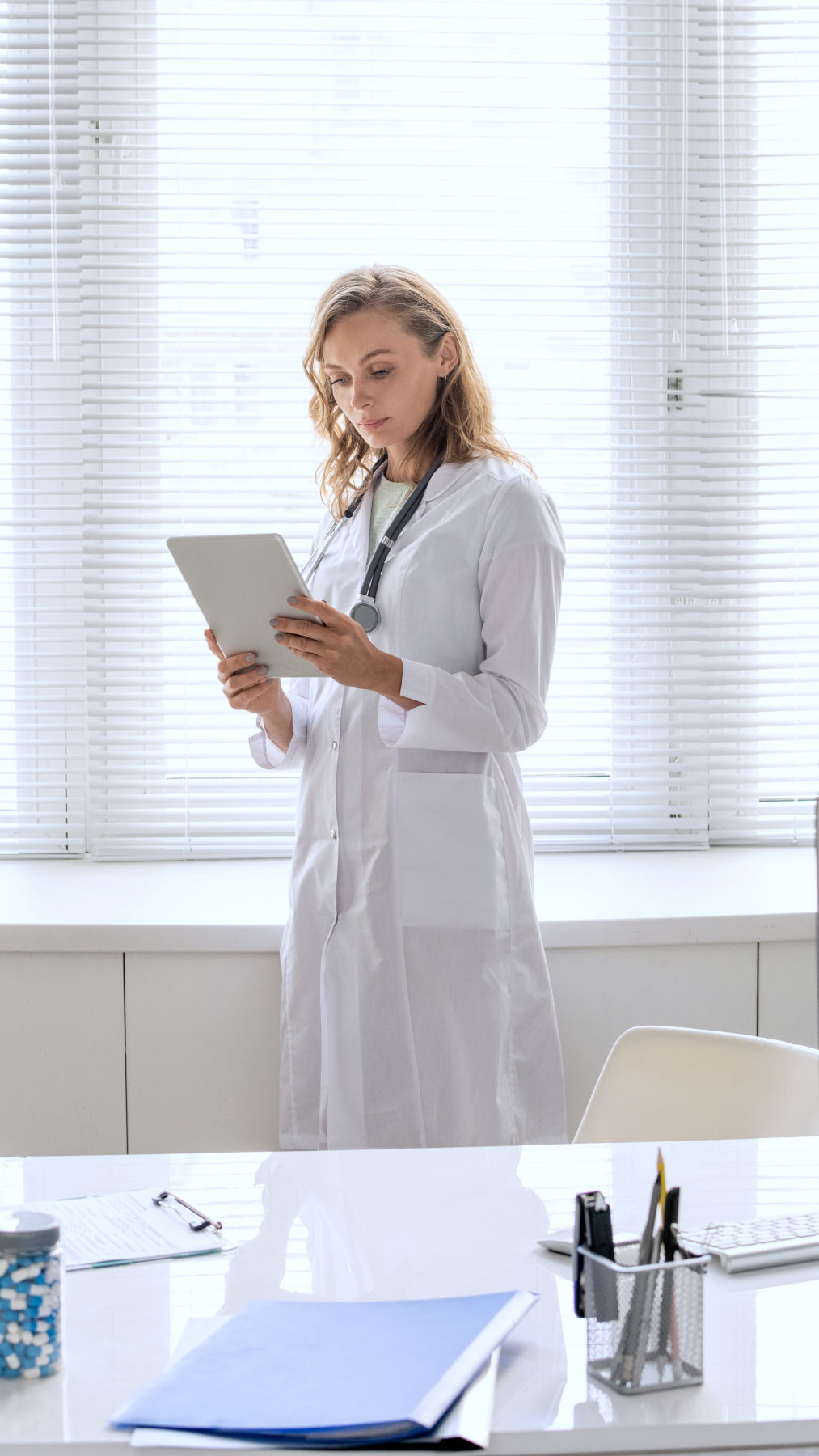
Pharmacovigilance System and Pharmacovigilance System Master File
Each MAH must have one or more pharmacovigilance systems – based on the drug category – aimed at monitoring the safety of authorized medicines and detecting any changes in their risk/benefit ratio.
The procedures are reported in the Pharmacovigilance System Master File (PSMF), a document drawn up for each pharmacovigilance system implemented by the company. It contains information relating to the QPPV, the sites where pharmacovigilance activities are carried out, the sources of safety data, computerized systems and databases, the processes and management of pharmacovigilance data, the Quality System and the performance of the pharmacovigilance system.
The importance of the safety database in the company pharmacovigilance system
For an efficient pharmacovigilance system, the pharmaceutical company should make use of a safety database, a specific software to collect, manage, analyze and submit the Individual Case Safety Reports (ICSR), as required by the regulations.
Among the safety databases there is SafetyDrugs, an Italian software developed by Max Application. It stands out for its advanced functions such as Selective Import, Work Planning and Business Intelligence.
Insights:
SafetyDrugs, the safety database
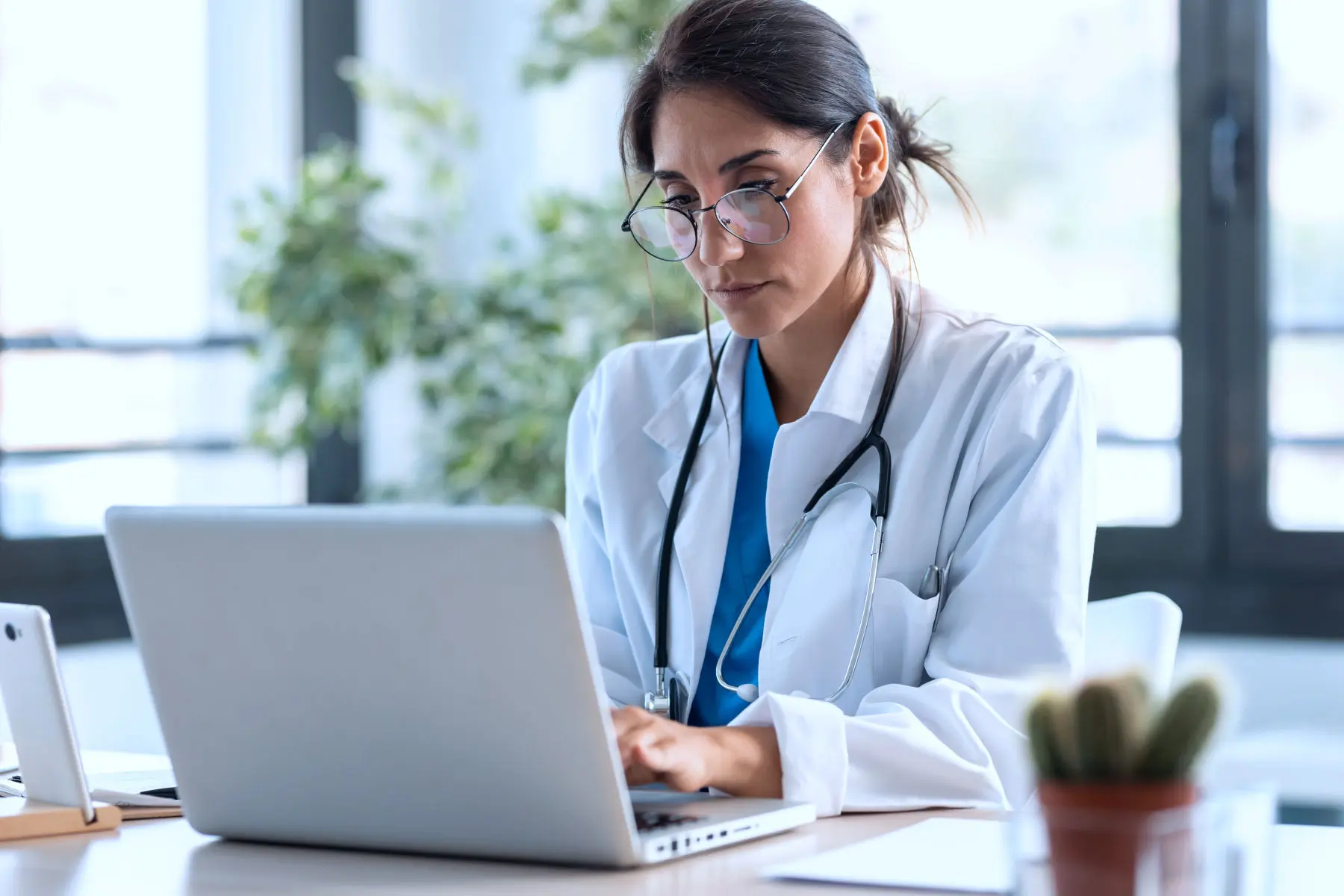
How does the authority perform pharmacovigilance
AIFA
Each country has its own competent authority, in Italy it is AIFA (Agenzia Italiana del Farmaco). Each authority collects the reports received and sends them to the EMA (European Medicines Agency).
AIFA uses a system based on the national pharmacovigilance network (RNF) in which reports of suspected adverse drug reactions (ADR) converge. Only authorized users registered on the AIFA Service Portal can access it.
Adverse reactions posted on the Network are electronically transmitted to EudraVigilance, EMA’s European pharmacovigilance database.
AIFA makes available the visualization of reports after 2002, divided by year and updated monthly, within the sistema Reazioni Avverse dei Medicinali (Adverse Drug Reactions system).
EMA
EMA, the European Medicines Agency is the European authority responsible for pharmacovigilance.
The main tasks are:
- Collect the reports received
- Enter the data in EudraVigilance
- Make data available to marketing authorization holders for analysis purposes
- Analyze the periodic reports of the companies
- Investigate any new signal
EMA uses EudraVigilance, the European database for the collection, management and analysis of reports of suspected adverse reactions. The database is divided into two modules:
- Eudravigilance Clinical Trial (EVCT), where reports of suspected serious and unexpected adverse reactions (SUSAR) reported by sponsors of clinical trials are collected;
- EudraVigilance Post Marketing (EVPM), which collects reports of suspected adverse drug reactions and post-marketing studies.
All ADRs received by EudraVigilance are then electronically transmitted to Vigibase, the world database of the World Health Organization (WHO).
Typologies of pharmacovigilance
Depending on the origin of the report, several types of pharmacovigilance are distinguished: active pharmacovigilance, passive pharmacovigilance, scientific literature and social networks.
Active pharmacovigilance. It concerns spontaneous reports from citizens, health professionals and pharmaceutical companies. In Italy, it is often promoted by AIFA through specific programs and studies.
Passive pharmacovigilance. It consists of looking for adverse reactions during, for example, clinical trials.
Pharmacovigilance from the scientific literature. Often cases of adverse reactions are reported in medical journals. Among the tasks of the pharmacovigilant is the periodic screening of items to be added to its database.
Pharmacovigilance in social media. The guidelines advise the pharmacovigilant to scan all digital places for information on adverse events. Social media, but also blogs or forums, are among them, as places of conversation where people discuss medical issues.
Particular cases of pharmacovigilance
Pharmacovigilance in special populations
This is how those population groups that can be distinguished by specific vulnerabilities are defined: children, elderly and pregnant women. They are commonly excluded from clinical studies and the clinical data available are few, consequently, the pharmacovigilance activity is difficult.
Insights:
Pharmacovigilance in special populations: pregnancy and breastfeeding
Pharmacovigilance in special populations: pediatric patients
Pharmacovigilance in special populations: geriatric patients
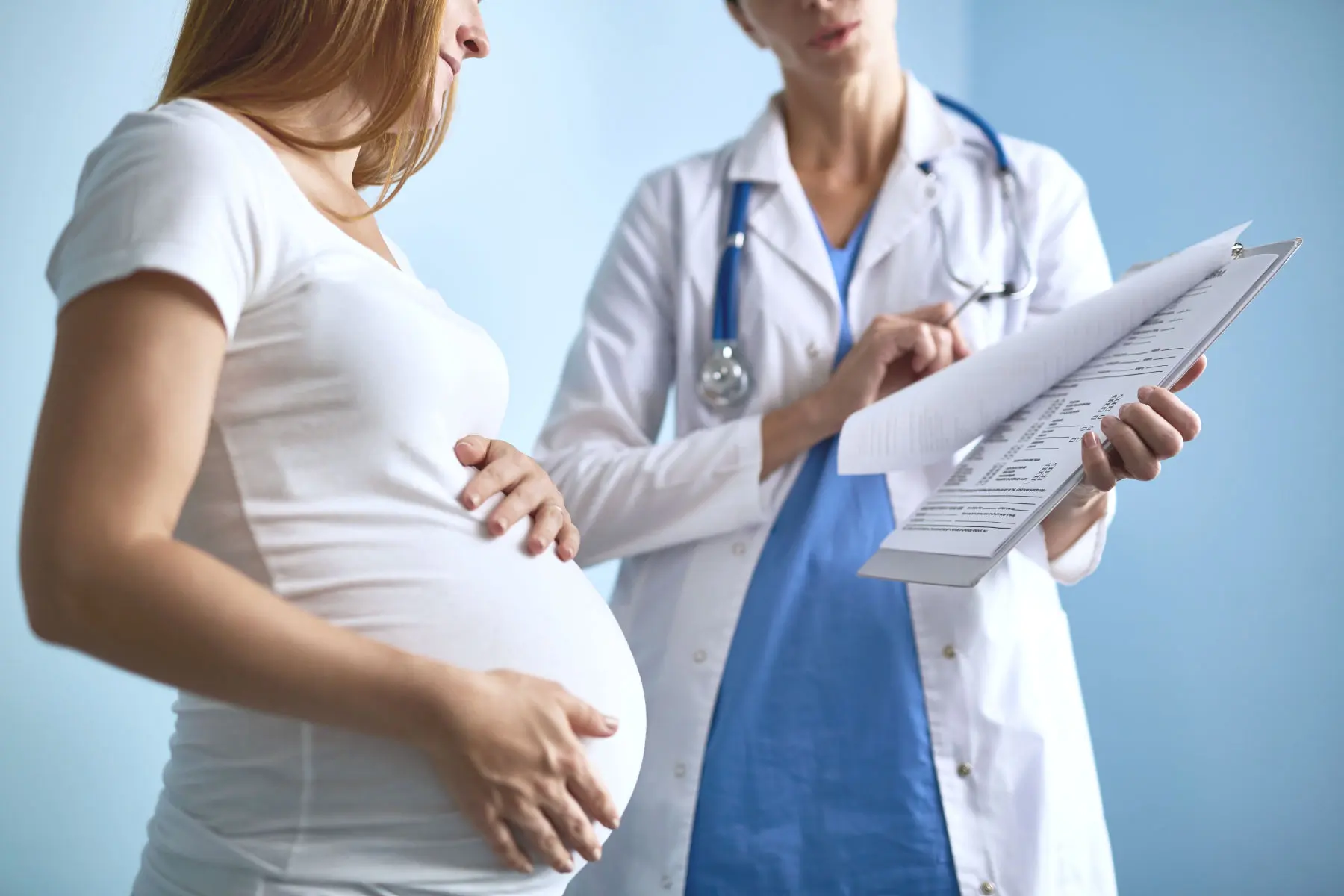
Pharmacovigilance in medicinal products subject to additional monitoring
There are some medicines for which the European Union has established additional monitoring of the usual duration of five years.
In these cases, the following are included:
- Medicines based on active ingredients authorized in Europe after 1 January 2011
- Biological drugs, such as those derived from plasma or vaccines. For the latter, there is specific legislation called vaccinovigilance.
- Biosimilar drugs, for which there are few post-marketing data
- Medicines subjected to additional monitoring after placing on the market, in cases where long-term results are not known or rare adverse reactions have emerged during the phase of clinical trials
- Drugs that have been authorized in special cases, for which there may not have been enough data
Conclusions
Pharmacovigilance is a complex subject whose process management requires adequate expertise and technologies.
The responsible of pharmacovigilance in the company has a valid technological ally, the safety database. SafetyDrugs, the safety database developed by Max Application, helps each QPPV in the effective performance of their duties.
A well-managed pharmacovigilance system results not only in regulatory compliance but above all in essential personal protection.

